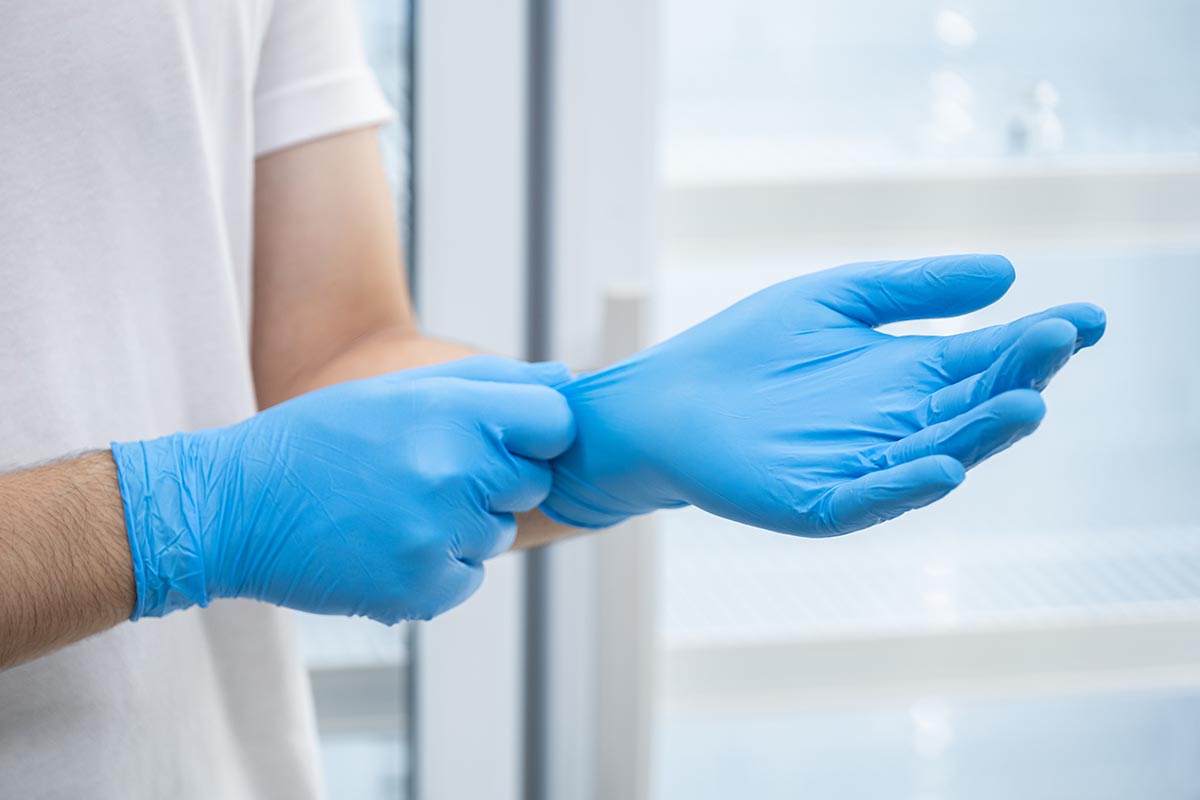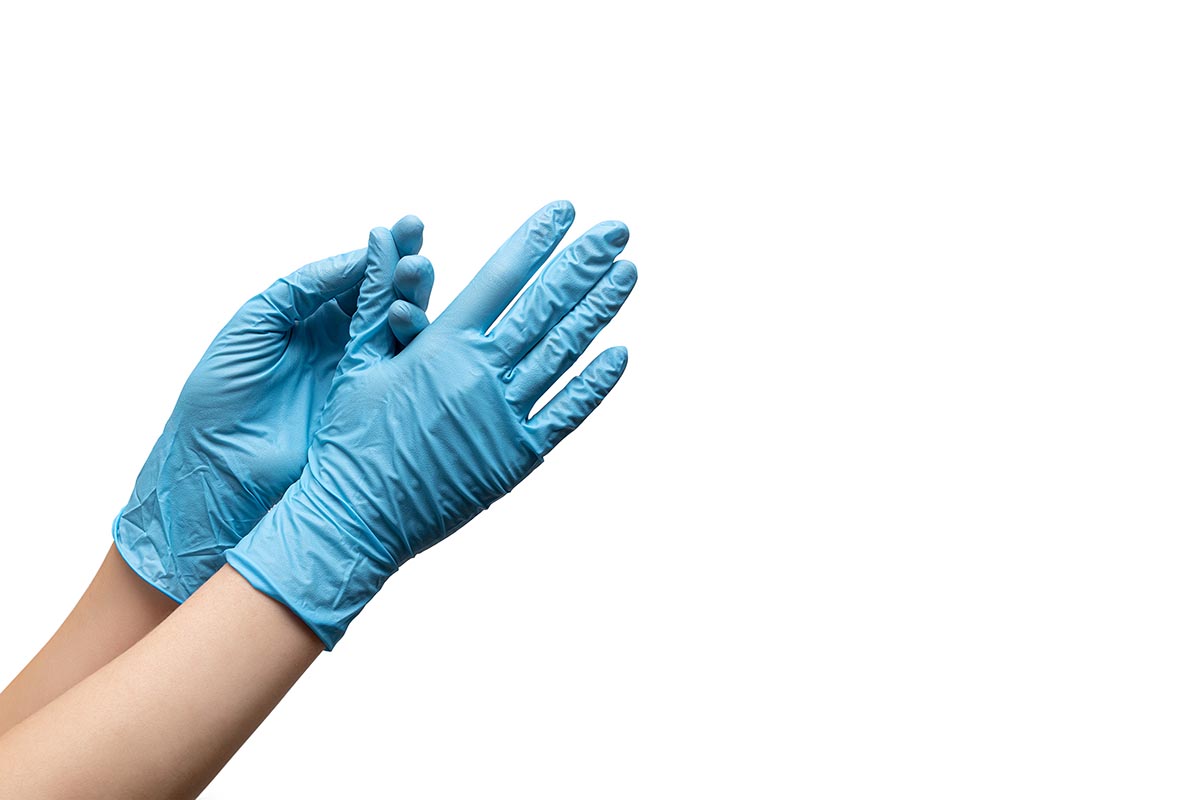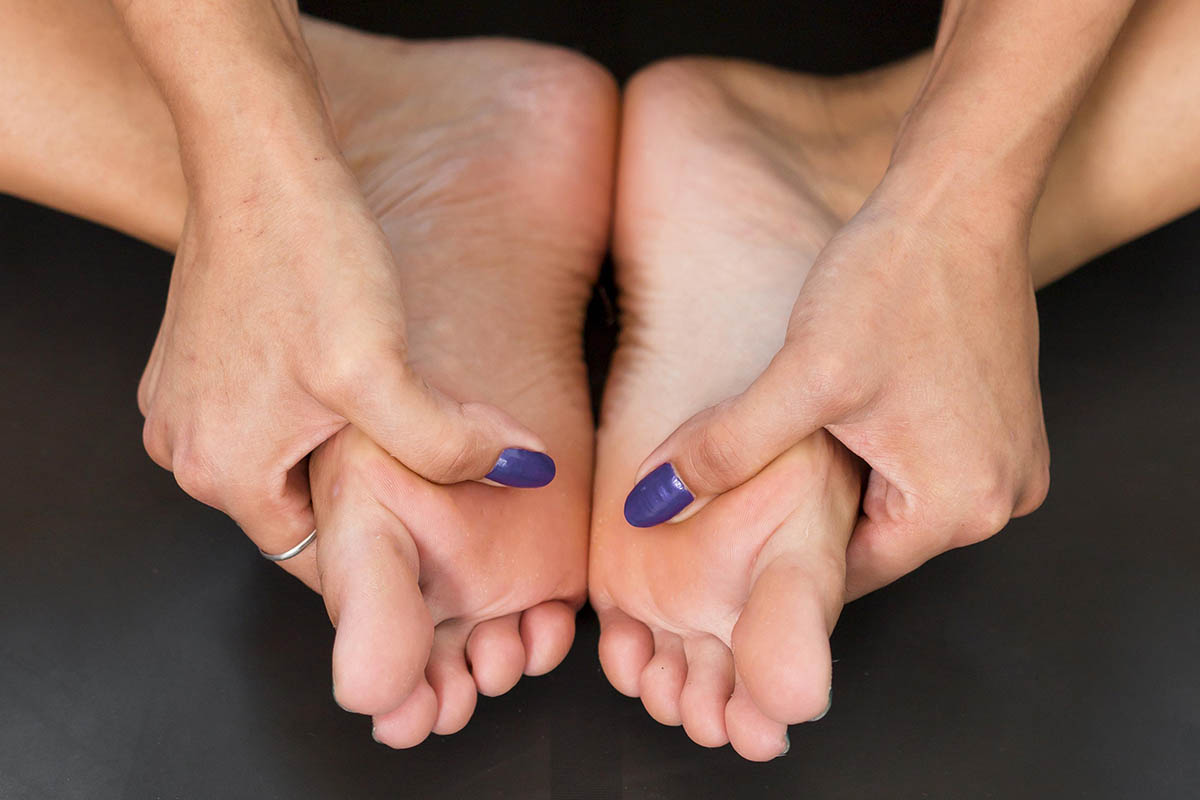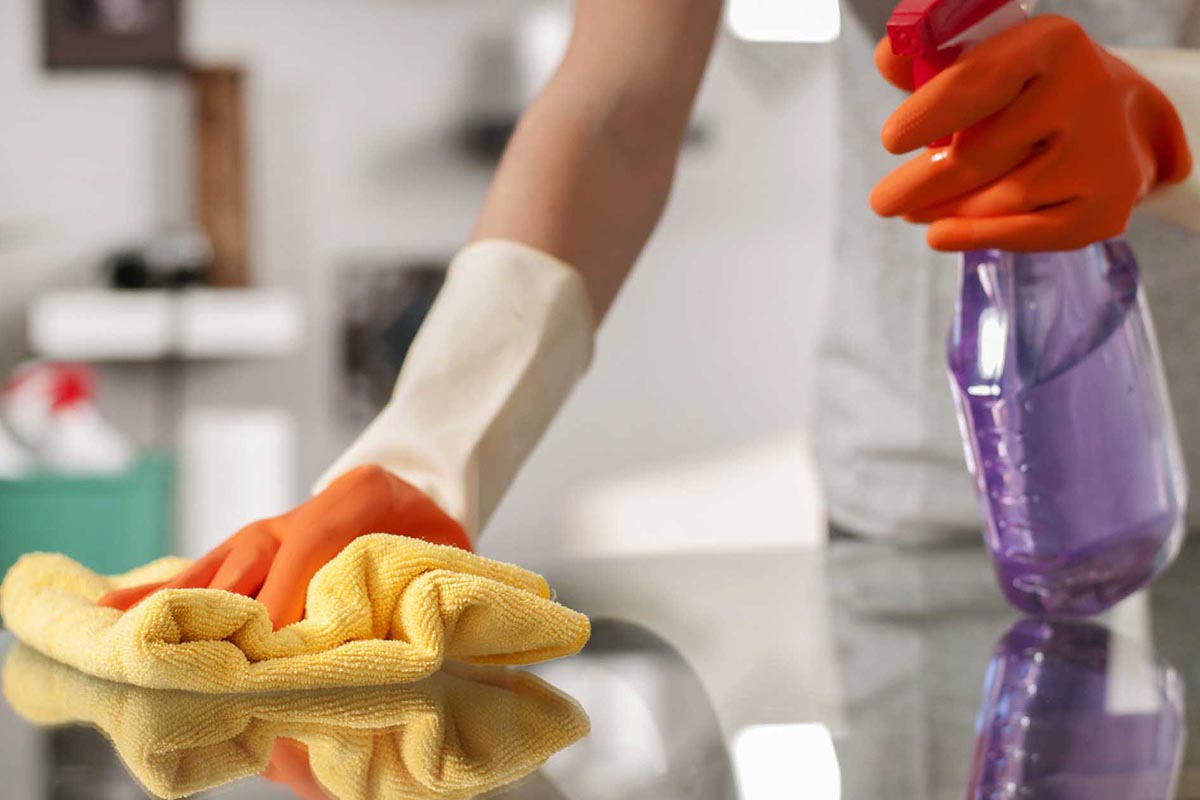Clinical gloves, also called careful gloves, are a critical defensive measure that guarantees the security of the patient—primarily used by medical professionals to safeguard themselves and their patients from microbial allergies and infections. As a precaution, this also helps to stop the infection from spreading.
Medical gloves are made of latex, rubber, vinyl, and a variety of other materials and are disposable. Latex surgical gloves are readily available from several medical glove manufacturers worldwide. Plastic is extricated from an elastic-like material that is financially savvy and can be effortlessly fabricated, remembering the antimicrobial impact of the gloves.
Thailand is the only nation in the world where surgical gloves manufacturers produce products that are simple to use and dispose of. The five best Thai manufacturers of latex gloves are listed below.
The COVID-19 pandemic has significantly increased the demand for disposable gloves in all industries. Daily, people are paying more attention to cleanliness and sanitation. Latex gloves protect all parties involved in high-risk situations and even lower-risk tasks.
What are typical applications for sterile latex gloves? What are the upsides of medical gloves? Can latex gloves be sterilized? What kind of latex glove protects the most from bodily fluids, bacteria, viruses, and blood?
We answer all those inquiries and more in this comprehensive guide to latex gloves. In addition, we will provide you with a list of the best latex gloves currently available so you can decide which product to purchase.
Your Complete Guide To Latex Gloves: Benefits of Latex Gloves
Most surgical and other invasive medical procedures call for using sterile latex gloves. Sterile latex surgical gloves are necessary for treating patients in high-risk situations involving bodily fluids, blood, and infectious diseases.
Additionally, non-invasive, low-risk general procedures, such as medical procedures that do not require surgery, can be performed with latex disposable gloves. They are a popular option in both the industrial and healthcare sectors. Dental, medical, child and senior care, food service, food processing, janitorial, public health sanitation, automotive, and manufacturing are among the many applications.
The disposable nature of latex gloves is a significant advantage. This indicates that the gloves can be discarded and replaced after a single use or several hours. In medical settings, this significantly contributes to a decrease in the rates of bacterial and viral transmission lcd screen manufacturer. They are also effective at preventing the transmission of certain diseases through blood or bodily fluids, such as AIDS and Hepatitis B and C.
Additionally, disposable latex gloves are affordable and accessible to businesses of all sizes.
What Are the Purposes of Latex Gloves?
The essential utilization of plastic gloves is to safeguard against microorganisms, infections, blood, and natural liquids. Expendable plastic clinical gloves aim to forestall cross-pollution among patients and doctors. They give a lot of smoothness and are likewise involved in the local clinical area for an auto fix, feast prep, and cooking.
What is used to make gloves made of latex?
Natural rubber latex gloves provide the highest comfort, flexibility, and tactile sensitivity. Nurses, doctors, dentists, surgeons, and other healthcare professionals who prefer to use gloves made of high-quality medical-grade should pay attention to this. Latex gloves are biodegradable due to the natural rubber fiber used in their production latex gloves manufacturers in Thailand made from natural rubber trees that have been harvested worldwide.
These trees are reaped, and the best stainless steel cookware plastic is extricated, cleansed, and handled into a glove.
What is Plastic?
Latex comes from the rubber tree and is a natural substance. The gathering system of plastic traces back to antiquated human advancements that involved plastic as a paste for boats and water vessels. Native Americans filled canoe holes with rubber tree sap as early as 4000 BC.
Powder-Free Gloves vs. Powder-Based Gloves
There are two kinds of latex gloves on the market: powder-based and powder-based. There are upsides and downsides to each making them ideal for various circumstances.
Gloves Made of Powdered
Latex Gloves made of powdered latex contain cornstarch, making them easier to put on and take off. The gloves won’t stick to your hands, which is especially important when they are sweating. They not only keep your hands cool and dry, but they also resist tearing and ripping better than powder-free gloves.
These gloves are lightly powdered to provide an additional comfort layer and prevent the hands from sticking together. Powder gloves improve dexterity because the powder makes it easier to grasp objects.
Sans powder Plastic Gloves
Sans powder plastic gloves won’t leave an untidy buildup on your hands, devices, or gear. This is precisely why they are so well-liked in the food service industry. The sans powder choice is commonly utilized in the clinical field since the FDA restricted powdered careful and clinical test gloves in 2017.
The powder glove choice keeps the powder from getting into wounds or uncovered tissue dialing back the recuperating system. This is the principal motivation behind why the FDA prohibited powdered assessment and careful gloves.
People with latex allergies also benefit from the absence of cornstarch. The main disadvantage to these gloves is that they are bound to tear and tear than powdered gloves. It’s also important to note that today’s glove manufacturers have developed methods for making gloves without powder that are easier to put on and take off. This is a welcome development for individuals who are allergic to latex and require powder-free latex gloves.
What is the lifespan of latex gloves?
Several factors influence the number of uses and hours latex gloves can handle. The environment where you use your disposable latex gloves is the most important factor in determining how long they last. Assuming you involve them in the emergency clinic or clinical setting, you can get around 4-6 hours out of one set. You can anticipate receiving 12 to 24 hours from one pair in demanding or high-risk settings like food service.




















